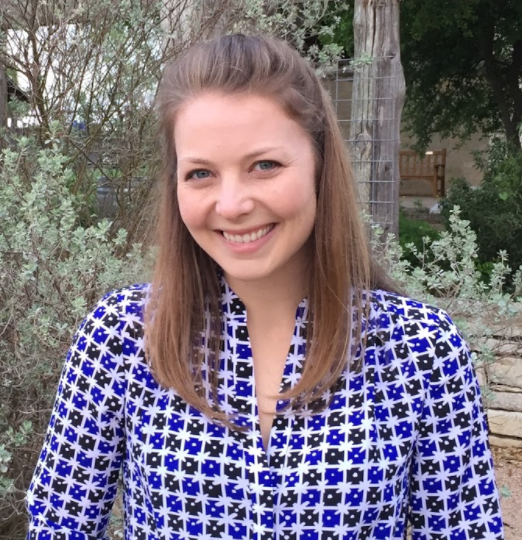By Samantha Martin, Guest Blogger
Chief Executive Officer, Via TRM
 When deciding whether to go abroad, many students worry about factors such as expense, time commitment, and security issues associated with the experience. International educators grapple with similar concerns as they consider whether to adopt a new technology for their offices and programs.
When deciding whether to go abroad, many students worry about factors such as expense, time commitment, and security issues associated with the experience. International educators grapple with similar concerns as they consider whether to adopt a new technology for their offices and programs.
Yet just as students can overcome anxieties they may have about going abroad by learning more about the program they plan to take part in and the place they plan to visit, so can international educators feel more confident about their technology acquisition strategies and plan with some additional knowledge. Educators and program offices tend to make three common mistakes when deciding whether to implement a new technological platform, falling for the “Cool Tech Myth,” the “One Size Fits All Approach” and the “Sunk Cost Fallacy.”
The “Cool Tech Myth,” also known as “Shiny New Object Syndrome,” assumes that just because a technology is new or cool, there must be a way to use it in your office. No one wants to feel behind the times. However, the “Cool Tech Myth” is just that, a myth! The rapid adoption of “cool new technology” is more likely to lead your office down the path of adopting the wrong technology for your goals because the “Cool Tech Myth” assumes that adopting technology first and identifying human needs second is a successful strategy.
By contrast, a successful strategy starts with people defining needs for students, faculty, staff, administrators, partners, parents, etc. and carefully sourcing technology to serve the various stakeholders. Once those needs come into focus, the ways in which technology can help become more evident.
The “One Size Fits All Approach” is problematic in that it simply is not possible for a single technology platform to solve all or even most of your problems. Across industries, few, if any, organizations use only one technology tool to accomplish all of their goals. The average enterprise uses 91 cloud-based technologies, according to a 2017 industry survey. When you consider that platforms like Facebook, Outlook and Skype all fall under the umbrella of cloud-based technology, it becomes clear that using a single tech platform simply is not possible in this day and age.
Rather than fall prey to frustration and disillusionment with the “One Size Fits All Approach,” define the problems technology will be expected to solve as well as the problems technology will not be expected to solve. After that, source the right suite of tools to meet your needs by opening up a discovery, decision and implementation process. For those who are tired of toggling between various platforms, relief is in sight! Increasingly cloud-based systems are built to “talk to each other” and be managed more centrally.
Finally, the “Sunk Cost Fallacy” is the belief that just because at one time, whether it was six months or six years ago, you or your office invested time and money into a particular technology, and now you now must stick with it, no matter what. Although the original investment may have been a costly one from an emotional or financial perspective, it can be even more expensive to fail to make the most of ever-evolving technologies.
While humans have evolved to be risk averse and stick with what they know, they are also adaptable and flexible. Once you become aware of your risk aversion bias, you can begin to investigate how challenging the status quo might actually benefit your organization.
Being aware of these three technology decision traps can help international education offices evaluate the best technological fit for their needs. First and foremost, the office should define priorities on the ground and then adopt the technologies. Adopting technology to achieve international education goals is like hiring a new person on your team.
Your “new hire” will need to accomplish at least one of the following:
- Something you will not or cannot do right now
- Something you are doing but need technology to do better
- Something you are doing well that the technology can also do well to free you up to create value in ways technology cannot
With these premises in mind, new solutions will fall into place as you adapt new technologies to the needs of your international education programs and offices.
Via TRM is a travel management software company designed for international educators and is an IIE Generation Study Abroad commitment partner.